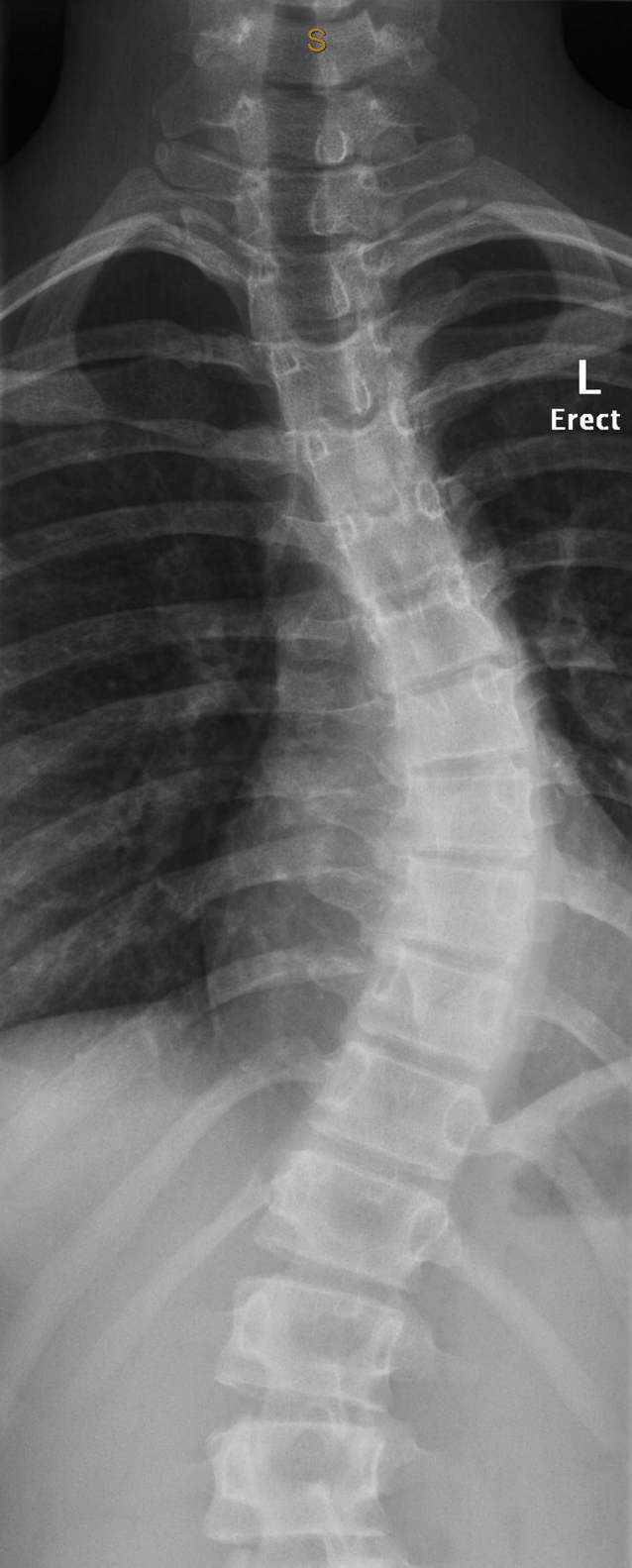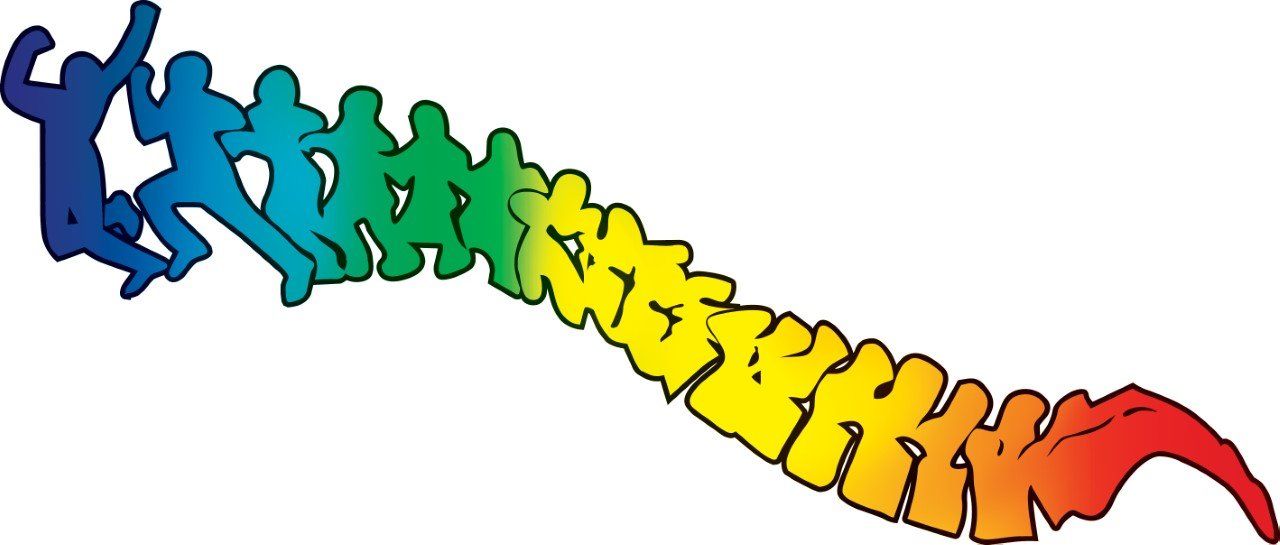Scoliosis
A scoliosis is often first noticed by family members and confirmed by a postural assessment at a chiropractor, physiotherapist or GP’s and an EOS scan.
Functional scolioses occur as a result of poor posture, injury, muscle spasms or compensation for a leg length deficiency. They are usually reversible curves.
Structural scolioses are either idiopathic, congenital or due to a trauma or diseases. They are permanent, less flexible and progress as a person moves to older ages.
Most structural scolioses are idiopathic, meaning there is no known cause. They begin in the pubescent to adolescent life period (8 – 18 year olds).
A progressive idiopathic scoliosis is a scoliosis that curves further as the spine is growing. Most progressions cease when the adolescent reaches skeletal maturity, which is usually between the ages of 18 and 21.
Idiopathic curves that reach 40 degrees or greater may require surgery to prevent further progression and medical complications later in life.
Scolioses from 20 – 40 degrees can be managed with chiropractic, posture changes, exercises and at times may benefit from bracing or support.
Mild curves (10 – 20°) can be managed on a need basis and symptomatic dysfunctions (pain episode) respond well to chiropractic care as do most spine dysfunctions.

